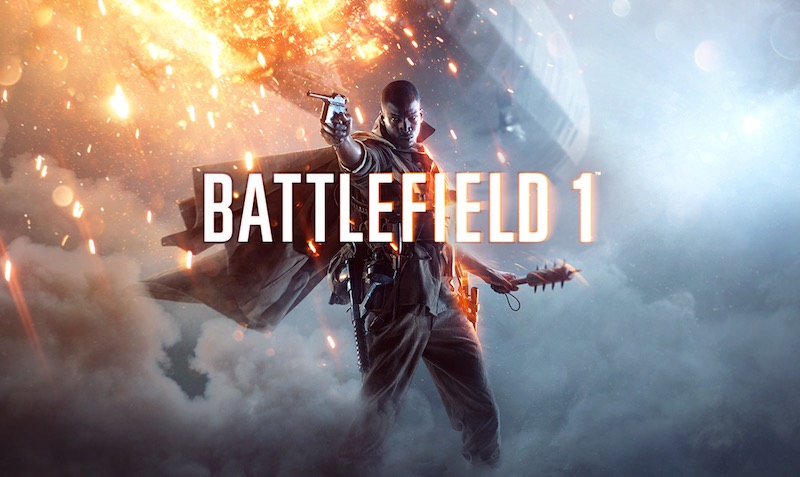
“Battlefield One” is an interesting new approach on a series that still manages to improve on its recent repetitious multiplayer.
“Battlefield One” is a first-person shooter that takes place during World War I from a variety of perspectives. On one hand you play as a member of the Harlem Hellfighters, defending advances from the German offensive in France, and in another instance you play as a Bedouin rebel fighting the Ottoman Empire on the Arabian Peninsula. The game thrives on providing the player with a convincing atmosphere. The grueling violence associated with World War I is exemplified with the production values of “Battlefield One.”
The art style of “Battlefield One” provides a dark and drab atmosphere that offers a realistic backdrop for the large-scale battles the series is known for. A mixture of blacks, browns and greens create an overall gray and gloomy appearance to the battlefield that represents the sadness and despair of World War I. Another aspect to “Battlefield One” that is noteworthy as always, is its sound design. The sounds of bullets whizzing by and explosions leveling buildings capture a sense of realism unparalleled by other shooter games in the genre. Environmental destruction makes its return in “Battlefield One” as well, allowing the battlefield to shift and change as the game goes on.
Recently, one thing the “Battlefield” series is known for is having typically mundane or uninspired campaigns that don’t introduce anything new to the first-person shooter genre. “Battlefield One” focuses heavily on the quality of their single player with just as much enthusiasm as their multiplayer. The game is not necessarily adherent to historical accuracy, but those compromises actually provide a more enjoyable experience. Players don’t have to worry about constantly malfunctioning equipment or weapons, which was pertinent throughout World War I.
In the single player you take on the role of armed forces from several different backgrounds that act as snapshots through moments in history. The production value in these moments elicit a feeling of immersion similar to the set pieces seen in many shooter campaigns. The difference being that they don’t feel heavily scripted, and in many circumstances are relatively open-ended in your approaches, giving the player more freedom to approach their missions.
Player freedom also carries into the multiplayer – which is what the “Battlefield” series is most popular for. As usual, the player gets to choose from a variety of character classes: assault, medic, support and scout. Assault is the front lines and anti-tank soldier, medic is tasked with reviving and healing teammates, support has heavy firepower as well as the ability to replenish teammates’ ammo and repair vehicles and scout uses snipers and a flare gun to spot enemies on the battlefield. Altogether, each weapon and class has a unique role to play in achieving objectives.
“Battlefield One” also has a myriad of vehicles and artillery at the player’s disposal for whoever gets them first. Vehicles range from tanks to horses or airplanes. A unique feature added to “Battlefield One” are the new “Behemoth” vehicle events such as the Zeppelin or the army train that can either turn the tide of the game or insure victory in battle. The new operations mode adds a more campaign influenced game mode that encourages a story-like multiplayer experience that makes gameplay into more interesting campaigns instead of isolated skirmishes. Some of the other popular game modes from the “Battlefield” series – such as Conquest, Rush and Team Deathmatch – also return.
“Battlefield One” is a solid entry into the series because of the improvements made on the single player shortcomings of previous entries, improving on the already established multiplayer with new modes and features and shifting the spectrum of shooters by using the unique backdrop of World War I to make a compelling and unique experience unseen in the rest of the genre.
